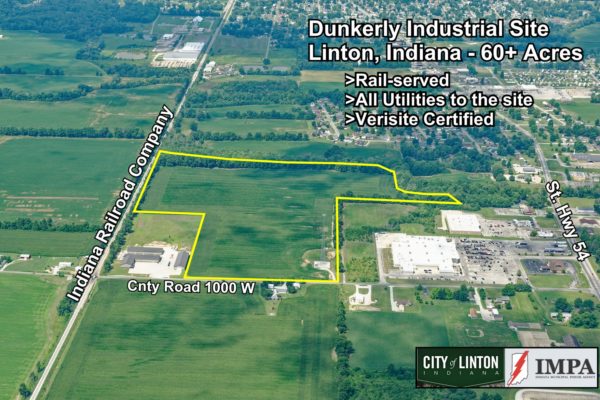By: Matt Craig, Director of Crane Community Support for Radius Indiana
Dr. Angie Lewis has been named the new technical director for Naval Surface Warfare Center, Crane Division (NSWC Crane), becoming the first woman to be selected for the position.
Lewis will act as the senior civilian at NSWC Crane, working with her team to ensure a mission-ready environment for the command’s operations. NSWC Crane has more than 3,800 military and civilian employees, providing the Navy with acquisition engineering, in-service engineering, and technical support for sensors, electronics, electronic warfare, and special warfare weapons.
Lewis began her career at NSWC Crane in 1990, and previously served as the Center’s Business Director. Prior to that position, she was the command’s first female Chief of Staff. In 2015, she won a Torchbearer Award from the Indiana Commission for Women, which is presented to women who have stepped forward as leaders by breaking down barriers and overcoming obstacles.
Lewis sets an example for young women who want to seek careers in the Science, Technology, Engineering, and Mathematics (STEM) industries. According to a 2018 study by the National Science Foundation, women remain underrepresented in STEM-related fields. Women make up half of the total U.S. college-educated workforce, but account for only 28 percent of the science and engineering workforce. In this prestigious position, Lewis will continue to serve as representation for women, and inspire more women to get involved in traditionally male-dominated fields.
NSWC Crane is an advocate for STEM programs in the surrounding communities, and launched its own STEM program in 2010, which is supported by more than 100 NSWC Crane employee volunteers. The STEM Program provides hands-on learning opportunities to students grades K-12 through STEM education programming and events throughout the Indiana Uplands region.
This program includes summer STEM camps, and after-school programming and field trips to WestGate Academy. NSWC Crane employee volunteers participate in sponsored-school partnerships, mentor students in classrooms, and support science fairs, a STEM club, and VEX and First Robotics competitions for students. In April 2020, the program responded to community needs during the COVID-19 pandemic by taking its program virtual to continue to provide educational opportunities for students.
Radius Indiana recognizes the importance of building the workforce pipeline for jobs in the region, and having a strong, diverse talent pool ready for hire. Our region is in a unique position to directly benefit from having a naval base in our backyard. Dr. Angie Lewis sets a tremendous example for women to enter the STEM field and help build our region’s workforce.
Radius applauds NSWC Crane for its STEM activities and the opportunities they continue to provide to the region, and congratulates Dr. Angie Lewis on her new position. We look forward to working with you and seeing an increase of women in STEM careers because of your inspiration.



